I am very proud of this book just as I am very proud of my father. It reflects his contribution to the North and his attitude of hard work, tolerance, and adaptability that he instilled in us his children. He and my mother were a team, bringing two worlds together in a successful cross-cultural balance that is so important in the new world of todays rapidly changing North. Together they taught us to be proud of our heritage as Inuit and to take care of others in our communities while emphasizing that life is short and never to take it too seriously.
I would like to use this opportunity to acknowledge those who have helped to make this book a reality from the initial edition through to the present. Mel Hurtig, who chose to publish the first hardback edition. Ed and Ruth-Margaret Ogle, who took the taped interviews and put them into book publishing form while carefully retaining the original flavour and spirit. Nick Newbery, who in 1976 provided my father with the opportunity to help this book take flight by organizing the project, interviewing him, and doing the research. Nick then became involved in this most recent publication and has written a foreword to link the two editions. I would also like to acknowledge Formac Publishing, the current books publishers, who have helped to continue my fathers bequest and to keep it current.
Books that have substance endure over time. I feel that An Arctic Man , my fathers legacy, is one of those.
Foreword to the original edition
I am delighted to have this chance to say a few things about this book of Ernie Lyalls. I have had an opportunity to read it in its entirety before publication, and I do indeed find it to be an excellent slice of first-hand history, as Ernie puts it.
I am pleased that my old friend, Ernie, followed through on my suggestion that he do a book on his life in the North, and it is a source of satisfaction and pleasure to me that I had an encouraging hand in his project.
Ernies unvarnished, straightforward account of his life in Canadas great north country tells it like it is with no punches pulled. As former Commissioner of the Northwest Territories, I feel this is the kind of book that should be found in every library and school in the nwt and, for that matter, in every library and school across Canada.
Although I think Ernie is right about the future Eskimo way of life, I think it is possible that he may be too pessimistic about the ultimate disappearance of the Eskimo language and culture. The government of the nwt has been at some pains for several years to reinstate the use of the language in its schools and to preserve and perpetuate many facets of the culture so that the young people may understand and feel a part of their historic identity.
The North is truly a land of growing opportunity, not just for the people of the North, be they Eskimo, Indian, or white, but for all the people of this great nation.
Men like Ernie Lyall have helped immensely to make it so.
Stuart Hodgson
Chairman, International Joint Commission
Ottawa, Ontario
May 1979
Forward to this Edition
_fmt.jpeg)
Aerial view of Taloyoak
Background
Ernie Lyalls autobiography is more than a personal story. By his presence at key places and events at a critical time in Canadian Arctic history, his account has become a front line history of the opening up of the Eastern Arctic to southern interests and an inside look at the issues facing Inuit as the tentacles of the South extended into the Canadian North in the earlier part of the twentieth century. Ernie passed away in Taloyoak in 1986.
Writing the book in the 1970s
In the early 1970s, the first Commissioner of the Government of the Northwest Territories (gnwt), Stuart Hodgson, knowing the interesting life Ernie had led, suggested that he record his experiences. Ernie twice tried to put something on paper but with a family, a full-time job as a wildlife officer, and community commitments, writing his autobiography got put on the back burner. However, in 1976 he and I, a local teacher, teamed up and the project took off. I became the interviewer, researcher, and organizer while Ernie became the fountain of northern knowledge. Every Thursday evening for twelve months, with a tape recorder, Ernies Hudsons Bay Company (hbc) diary, and a few glasses of rum and Coke to help jog the memory, we made our way through Ernies unique northern life. The chapters almost shaped themselves, wrapping naturally around each of the Arctic postings he had been sent to, as laid out in his hbc diaries. It was also decided that a chapter should be dedicated to each member of the northern Holy Trinity, namely the hbc, the rcmp, and the missions, the three bastions of southern influence. Each weekly question-and-answer session was taped and lasted about three hours. The tapes were then sent to Ed Ogle, the Time Life correspondent for Canada. He had written about the Canadian North and was drawn into the book project through meeting the nwt Commissioner and Ernie during some of his northern trips. Using a typewriter, his wife Ruth-Margaret transcribed the hundred hours of dialogue for her husband to work on. Mindful that one of Ernies reasons for writing his memoirs was to refute both the style and content of much that was written about the North, Ed then shaped the interviews into an almost oral prose, retaining as often as possible the flavour and lilt of Ernies Newfoundland style of speech. Since photographs were a publication requirement, Ernie and I spent three entire days going through the Lyall photo collection: little pieces of history tucked away in no particular order in biscuit tins, yellowing envelopes, and battered cardboard boxes. When all was finally ready, the proofs were sent to Mel Hurtig, the owner of a well-known Canadian publishing company. Mel started to read the book one evening and then stayed up all night to finish it, deciding the next day to become its publisher!

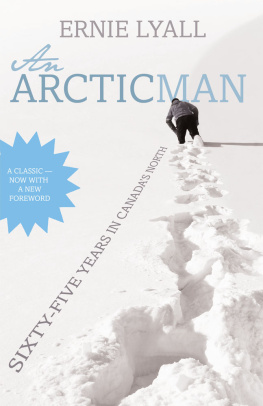
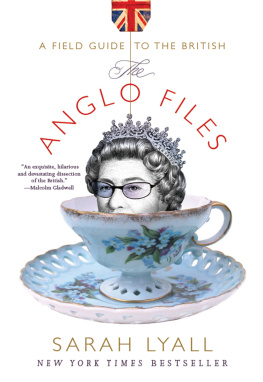
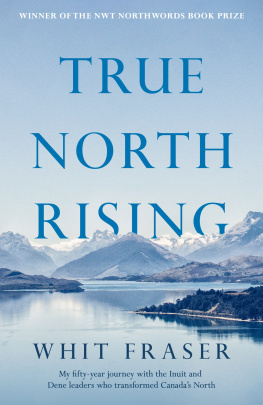

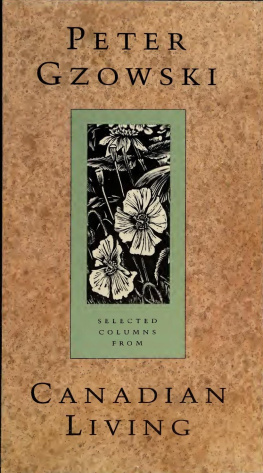
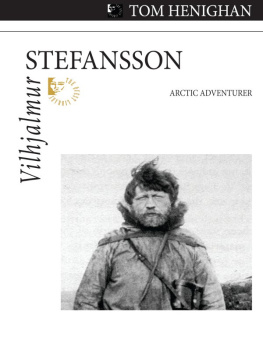

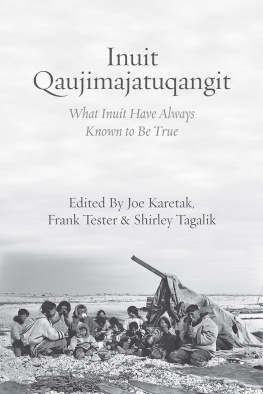
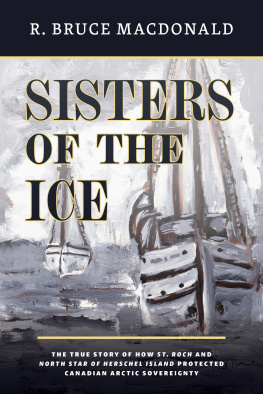
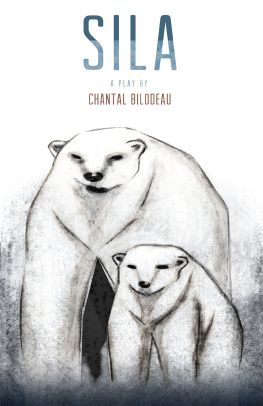
_fmt.jpeg)
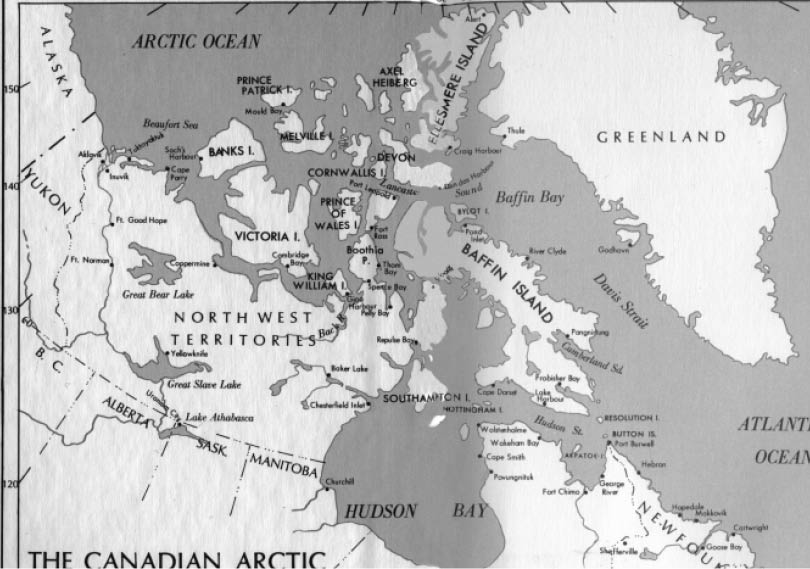
_fmt.jpeg)